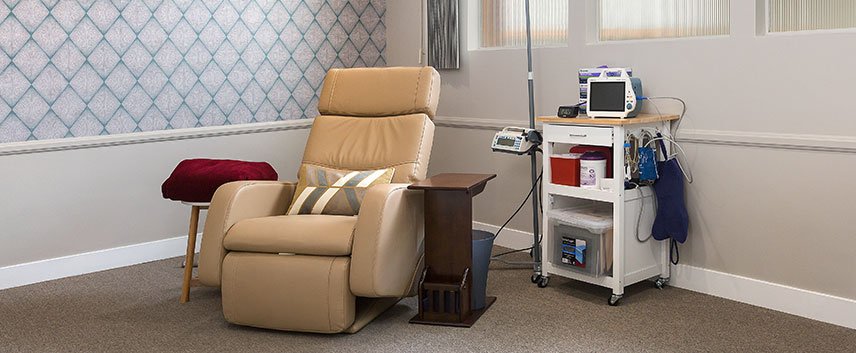
Although ketamine has been used safely as an anesthetic since the 1960s, the discovery of ketamine as a highly effective and rapid-acting treatment for a wide range of treatment-resistant mood disorders has been hailed as arguably the most significant development in psychiatry during the past few decades.
Intravenous ketamine infusions have rapid and robust effects on a range of disorders including:
- Major Depressive Disorder (MDD)
- Bipolar Depression
- Post-Traumatic Stress Disorder (PTSD)
- Acute Suicidality
- Chronic Regional Pain Syndrom (CRPS)
Frequently Asked Questions:
Why Was Ketamine Designated as a ‘Breakthrough Therapy’ by the FDA?
Although existing antidepressant treatments including MAOIs, SSRIs and SNRIs have been in use for decades and have helped many patients, a significant proportion of depression patients (>33%) show little to no benefit in response to these agents.
Existing antidepressant medications take up to several weeks to exert their effects, whereas one dose of ketamine has been shown to have a greater response rate within a matter of hours.
Another limitation of currently available antidepressants is that their clinical effects take additional time to reach their full therapeutic potential. This delayed onset of symptom alleviation presents a great disadvantage to patients during acute depressive crises.
Furthermore, even when existing antidepressants do alleviate depressive symptoms, evidence regarding their ability to reduce suicide ideation and behavior is limited and inconclusive. By contrast, a single dose of intravenous ketamine rapidly reduces suicidal ideation and exerts rapid and profound antidepressant effects within hours.
How Is Ketamine Administered?
There are two main types of ketamine:
- Racemic Ketamine, sometimes called Intravenous or IV ketamine– Often given as an infusion into the bloodstream, racemic ketamine is a mixture of two mirror-image molecules: “R” and “S” ketamine. Racemic ketamine is FDA approved as an anesthetic, and used off-label to treat mood and chronic pain disorders.
- Esketamine, also known as Spravato– Given as a nasal spray, esketamine uses only the “S” molecule. Esketamine received FDA approval in March for treatment-resistant depression.
The delivery of ketamine and the type given affect drug effectiveness and side effects. Thus far, the most research has been conducted on ketamine infusions.

How Does Ketamine Therapy Work?
Ketamine works in several ways at the same time, many of which are still being studied.
Research has shown that ketamine stimulates brain derived neurotrophic factor (BDNF) and the growth of neurons in the brain. In patients treated with IV ketamine therapy, researchers have observed increased synaptic connections.
Ketamine also improves neural activation, or communication between brain cells by working as an NMDA receptor antagonist. This neuronal growth and increased neuronal interconnectivity have been shown to improve mood and cognition. Ketamine also may also work in other ways. For example, it might reduce signals involved in inflammation, which has been linked to mood disorders.
Ketamine also may also work in other ways. For example, it might reduce signals involved in inflammation, which has been linked to mood disorders.
What Should Patients Expect During Ketamine Treatment?
When used to treat mood disorders, ketamine is administered through an IV at a much lower dose than is necessary for anesthesia.
During ketamine treatment, patients recline in a treatment chair surrounded by a calm, quiet and experientially safe environment. As the ketamine is delivered at a slow and controlled dose, a registered nurse accompanies each patient for the duration of the infusion to monitor blood pressure, pulse and oxygen saturation.
Ketamine is well-tolerated. During a ketamine infusion, patients remain aware of their surroundings and experience a deep relaxation. Some patients may also experience dissociation, perceptual disturbances or nausea. Generally, any changes in perception or dissociation dissipate very quickly after the infusion.
Each ketamine infusion lasts about 40 minutes, after which patients should have someone available to accompany them home safely. Typically, patients receive 8-12 ketamine infusions over the course of 3-4 weeks. Most patients experience positive results from ketamine after their first infusion. Subsequent infusions help prolong the positive effects.
Which Patients Should Consider Ketamine vs. TMS Treatment?

